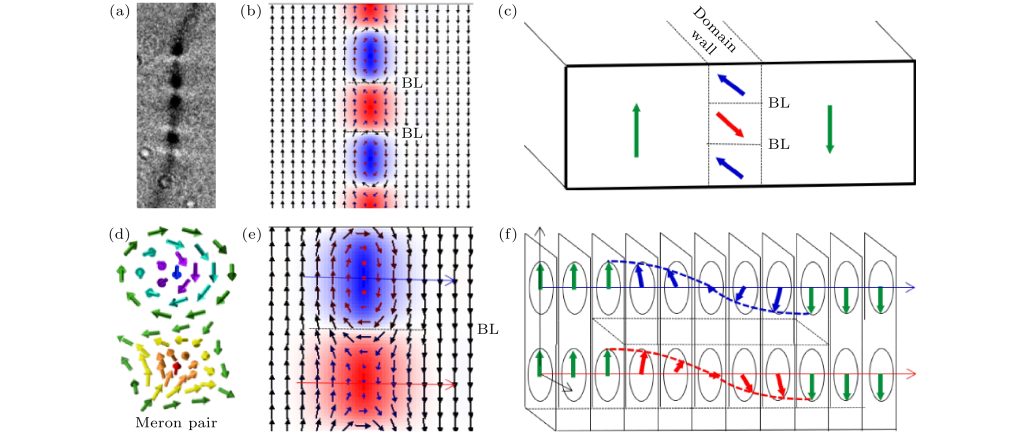What is a magnetic domain?
1. Definition of magnetic domains
A magnetic domain is a tiny area inside a magnetic material, where all atomic magnetic moments (i.e., the magnetic direction of atoms) are aligned along the same direction, forming a unified magnetic region. Each magnetic domain is like a tiny magnet with its own north and south poles.
2. Reasons for the formation of magnetic domains
The formation of magnetic domains is due to the natural trend of energy minimization. In magnetic materials, the arrangement of atomic magnetic moments can affect the energy state of the material:
Exchange effect: The magnetic moments of adjacent atoms tend to align in parallel to reduce energy.
Magnetocrystalline anisotropy: The crystal structure of a material tends to align magnetic moments along certain specific directions.
Demagnetization field energy: If the entire material has only one magnetization direction, a strong demagnetization field will be generated at both ends of the material, increasing energy.
In order to reduce the total energy, the material will spontaneously divide into multiple magnetic domains, each with a different magnetization direction, thereby reducing the influence of demagnetization fields.

Structure and characteristics of magnetic domains
1. Size of magnetic domains
The size of magnetic domains is usually in the micrometer range (1 micrometer=0.001 millimeters), depending on the type of material and external conditions such as temperature, magnetic field, etc.
2. Magnetic domain wall
The boundaries between magnetic domains are called “magnetic domain walls”. In magnetic domain walls, the direction of atomic magnetic moments gradually transitions from the direction of one magnetic domain to the direction of another. The thickness of magnetic domain walls typically ranges from a few to tens of atomic distances.
3. Shape of magnetic domains
The shape and distribution of magnetic domains depend on the crystal structure of the material, the external magnetic field, and the shape of the material. For example, in ferromagnetic materials, magnetic domains typically exhibit stripe or maze like shapes.

